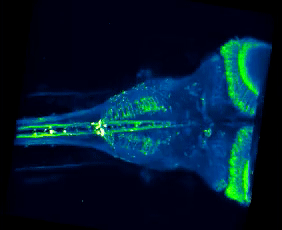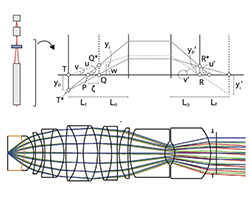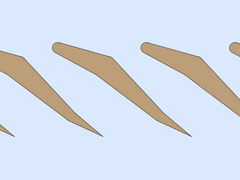Modulation of behavioral responses

Studies of animal behavior often focus on the relationship between stimulus and response, with the understanding that a specific stimulus can induce a prescribed response. However, in many cases the relationship between stimulus and response is not fixed, but rather a complex function of the behavioral state of the animal. For example, an unstressed animal will usually eagerly explore a new environment while a stressed animal will not. In this case, the novel environment switches from being attractive to aversive. What are the neural mechanisms that alter the behavior of the animal and cause the same exact stimulus to flip from attractive to aversive? Our lab explores these questions using zebrafish as a model organism and a broad suite of tools including in vivo whole-brain calcium imaging, optogenetics, and behavioral assays. Image: Neural activity recorded from hindbrain of zebrafish larva.
High-speed microscopy methods

Biomedical research has been transformed by 3D optical microscopy techniques, including confocal, two-photon, and light-sheet microscopy. However, current methods struggle to capture highly dynamic processes. In this project, our lab is developing novel microscope designs that leverage deformable lenses to induce rapid changes in the imaging focal plane and enable high-speed 3D imaging. We have shown that simple design rules may be used to eliminate spherical and chromatic aberration that would otherwise produce image blurriness. Ongoing efforts aim to couple these methods with improved illumination and sensor technologies.
Biomechanics of filter feeding

Our lab includes individuals with backgrounds in biology, physics, and engineering who work together to explore the emergent properties of complex systems. In a recent project, we examined the physics of filter feeding in manta rays, during which these animals bring large volumes of water into their mouth, extract microscopic plankton, and then expel the remaining water through the gill slits. We found that manta rays employ a novel fluid-particle separation mechanism that had not previously been described in either the biological or engineering literature. Ongoing projects examine how the morphology of the filtering apparatus affect these processes and explore whether this mechanism can be leveraged in industrial designs. Image: Fluid streamlines and particle trajectories calculated with computational fluid dynamics.

